
A Need for Speed: How HANI Technology Was Used to Expedite the Commission of a Productivity Enhancing Investment The brewing team at Allagash Brewing Company successfully utilized the versatility, non-invasiveness, and high accuracy of the HANI Clamp Temperature Sensor – which clamps right onto the outside of a desired pipe and measures the fluid inside with as much accuracy and with the same high performance as traditional sensors – to expedite the commissioning process and meet their ROI of an important investment to their system.
Tagged as:Blog, Get Curious
Read More
The Future is Bright: Omega’s Own Co-Op Wins Prestigious Award The Omega Co-Op/Internship Program was created to help students grow and realize their full potential - setting them up with the experiences and tools needed to excel in their future careers. We sit down with one of our latest engineer co-ops, David Austin, to find out more about his time with Omega and his recent award from Drexel University.
Tagged as:Blog, Get Curious
Read More
How to Monitor Walk-In Freezer Temperatures with IIoT Devices Maintaining optimal freezer temperatures is essential in protecting quality, ensuring food safety & reducing waste. Learn how companies are using Omega's products.
Tagged as:Technical Learning, Get Curious
Read More
An Introduction to Industrial pH Measurement and Control In this article how pH describes the degree of acidity or alkalinity of a solution and how is measured is explained. Click here to learn how it´s done.
Tagged as:Technical Learning, Get Curious
Read More

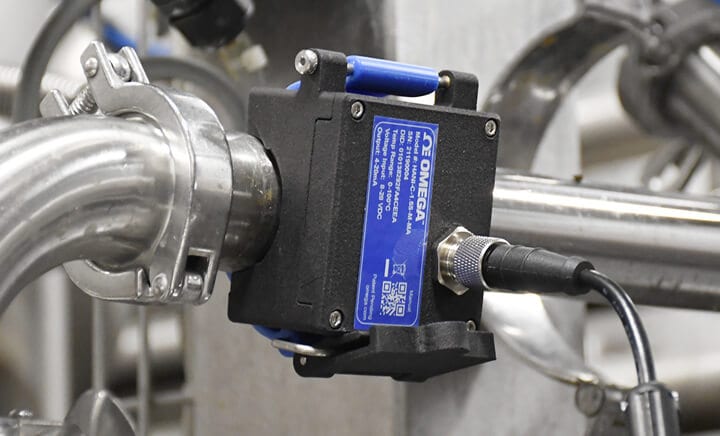

Types of Accelerometers An accelerometer is a device that can measure acceleration experienced by an object. However, there are many types of accelerometers. In this article you will learn about those.
Tagged as:Technical Learning, Get Curious
Read More
What to Look for When Selecting Accelerometers? There are some specifications that you should always look when selecting an accelerometer. In this article the most important factors are explained.
Tagged as:Technical Learning, Get Curious
Read More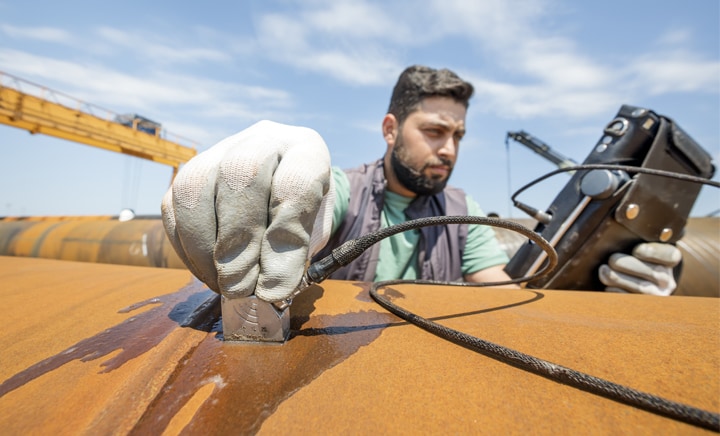
What is a Calibration Certificate? Calibration certificates validate the device’s accuracy levels to a standardized reference.
Tagged as:Technical Learning, Get Curious
Read More
Measurement of Outflow Facility in the Eye Glaucoma is a world-leading cause of blindness. The major risk factor for glaucoma is elevated intraocular pressure (IOP), with the sole treatment for glaucoma patients being to reduce the IOP.
Tagged as:Technical Learning, Get Curious
Read More
Advantages of New OMEGA PCC-SMD for Cold Junction Compensation OMEGA’s new PCC-SMD unique features make integration of cold junction compensation easier than it ever has been before.
Tagged as:Technical Learning, Get Curious
Read More
What is a type K Thermocouple? A Type K thermocouple refers to any temperature sensor containing Chromel and Alumel conductors, that meets the output requirements as stated in ANSI/ASTM E230 or IEC 60584 for Type K thermocouples
Tagged as:Technical Learning, Get Curious
Read More
What Are The Most Common Applications for Thermocouples? Thermocouples are used in a wide range of applications.
Tagged as:Technical Learning, Get Curious
Read More
How to Mount Thermocouples Correctly? When connecting thermocouples to other devices care needs to be taken to ensure that the proper polarity is maintained.
Tagged as:Technical Learning, Get Curious
Read More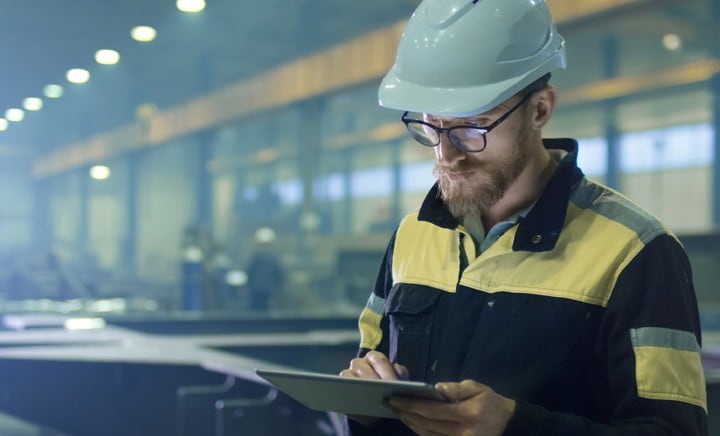
FAQ: Thermocouple Characteristics and Specifications Thermocouples do have positive and negative wires, in order to read a correct temperature the polarity needs to be maintained throughout the circuit.
Tagged as:Technical Learning, Get Curious
Read More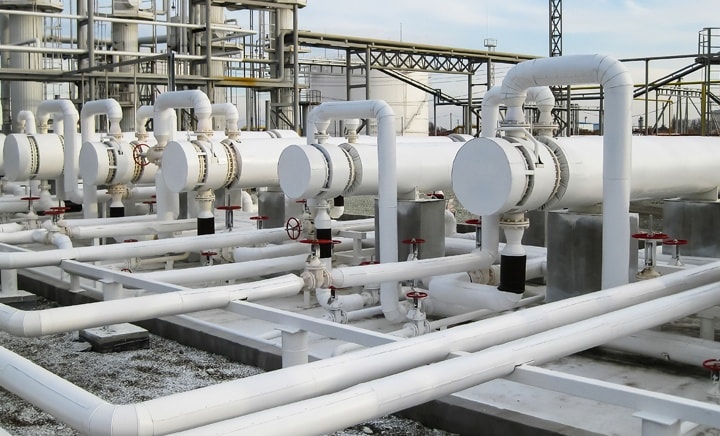
Thermocouple Styles and Constructions Thermocouples come in three types of junctions, Grounded, Ungrounded and Exposed.
Tagged as:Technical Learning, Get Curious
Read More
Common Techniques to Calibrate Thermocouples Thermocouples are usually calibrated in one of three ways depending on the accuracy needed and the conditions where the calibration takes place.
Tagged as:Technical Learning, Get Curious
Read More
FAQ: Thermocouple Installations When more than one measurement is needed, dual thermocouples provide that extra measurement signal.
Tagged as:Technical Learning, Get Curious
Read More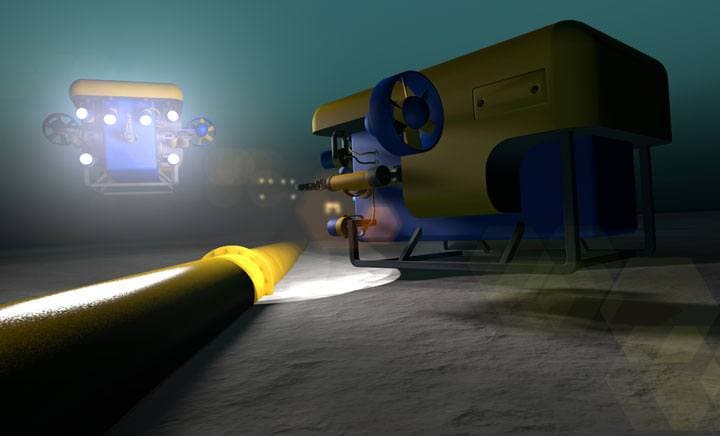
Pressure Transducer in Underwater Applications A pressure transducer being underwater presents its own unique challenges.
Tagged as:Technical Learning, Get Curious
Read More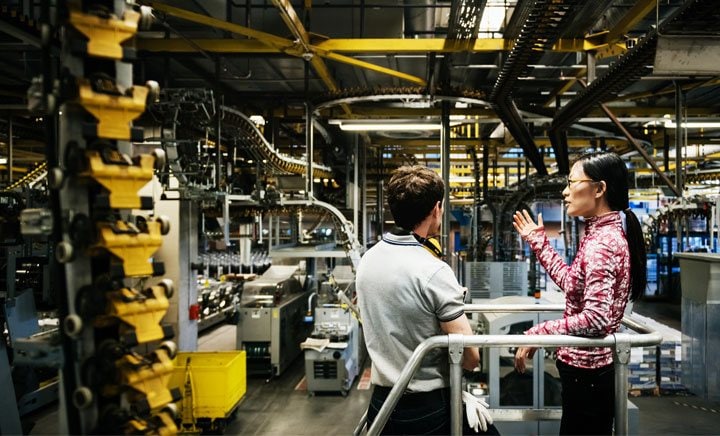
Pressure Transducer and Controllers Pressure not only needs to be measured, but your system needs to make changes based on pressure readings as well.
Tagged as:Technical Learning, Get Curious
Read More
Pressure Transducer and Amplifier Selection Choosing the proper amplifier depends on the type of signal that your system needs.
Tagged as:Technical Learning, Get Curious
Read More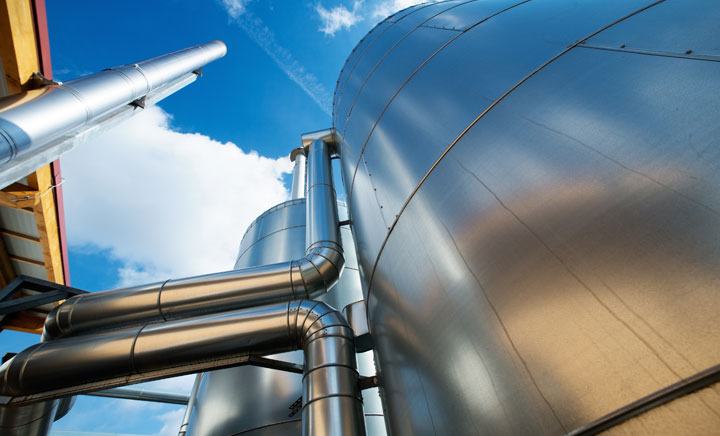
Pressure Transducer for Gases ‘Gas’ is an incredibly broad term. Many industries use gas, but not every industry needs to accurately measure the pressure of the system.
Tagged as:Technical Learning, Get Curious
Read More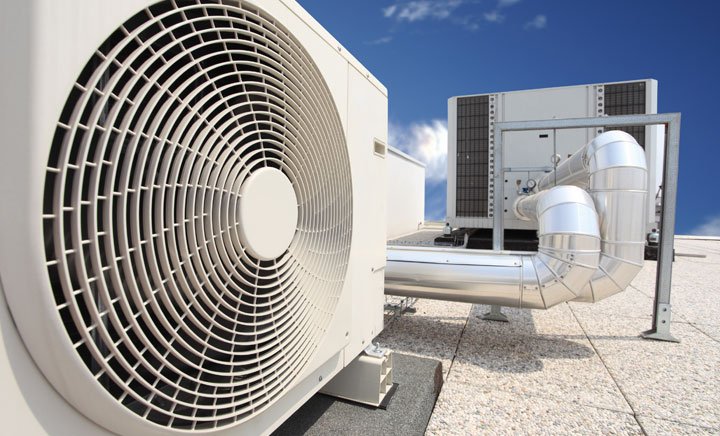
Pressure Transducer for Air Air pressure was first measured all the way back in 1643: when the barometer was invented.
Tagged as:Technical Learning, Get Curious
Read More
Pressure Transducer in Air Applications There are a wide variety of applications that need air pressure properly monitored.
Tagged as:Technical Learning, Get Curious
Read More
Pressure Transducers and Dataloggers Data loggers are typically used to measure and store the pressure signals that a system puts out.
Tagged as:Technical Learning, Get Curious
Read More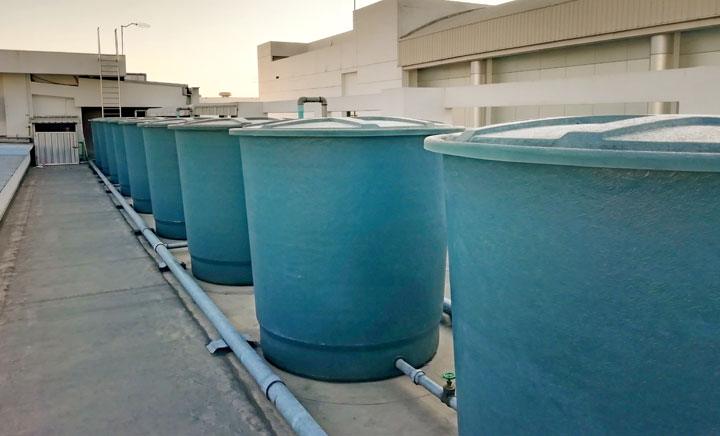
Pressure Measurement of Water Level Figuring out how much the water level has risen or fallen in a tank (or something similar) should be a simple task.
Tagged as:Technical Learning, Get Curious
Read More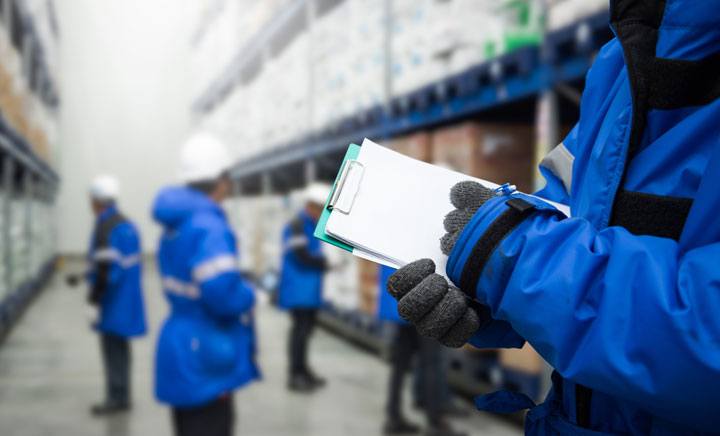
Pressure Transducers for Refrigerant Plenty of systems in the real world rely on the refrigeration cycle; from massive supermarket refrigeration systems to the AC unit in your car.
Tagged as:Technical Learning, Get Curious
Read More
Pressure Transducer Specs Pressure transducers are useful in a variety of industries.
Tagged as:Technical Learning, Get Curious
Read More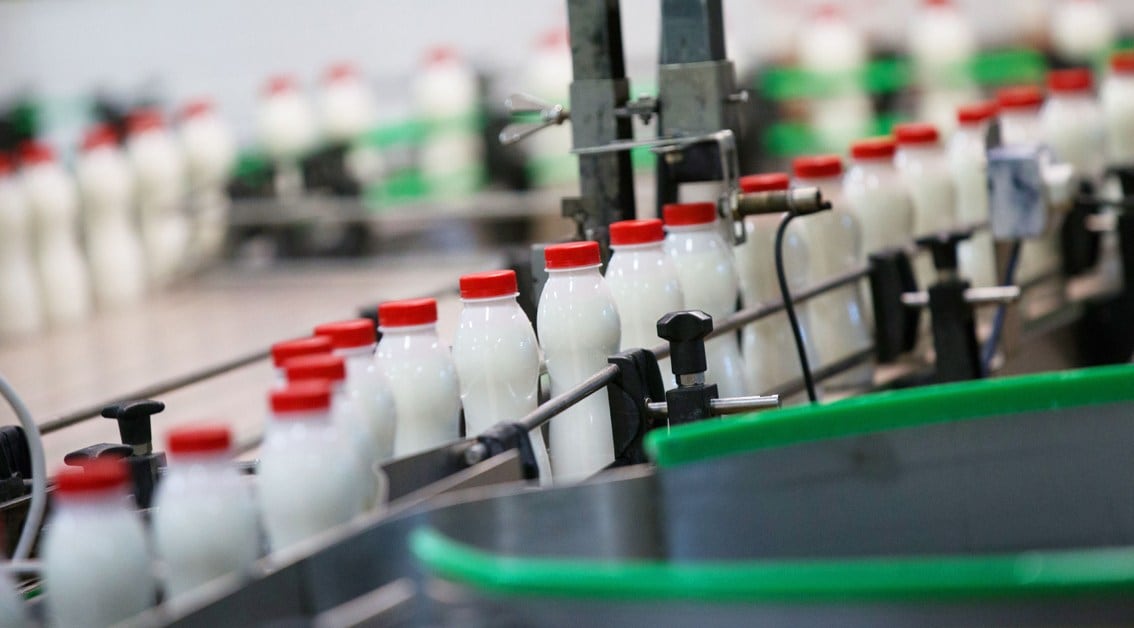
Pressure Transducer FAQ Pressure sensors may undergo contamination from the environment around it or from the working fluid that it measures.
Tagged as:Technical Learning, Get Curious
Read More
Testing Pressure Transducers Pressure transducers are precise instruments, and like all instruments, they are prone to failure.
Tagged as:Technical Learning, Get Curious
Read More
Pressure Calibration Procedure Calibration is an important step that helps devices to produce accurate measurements.
Tagged as:Technical Learning, Get Curious
Read More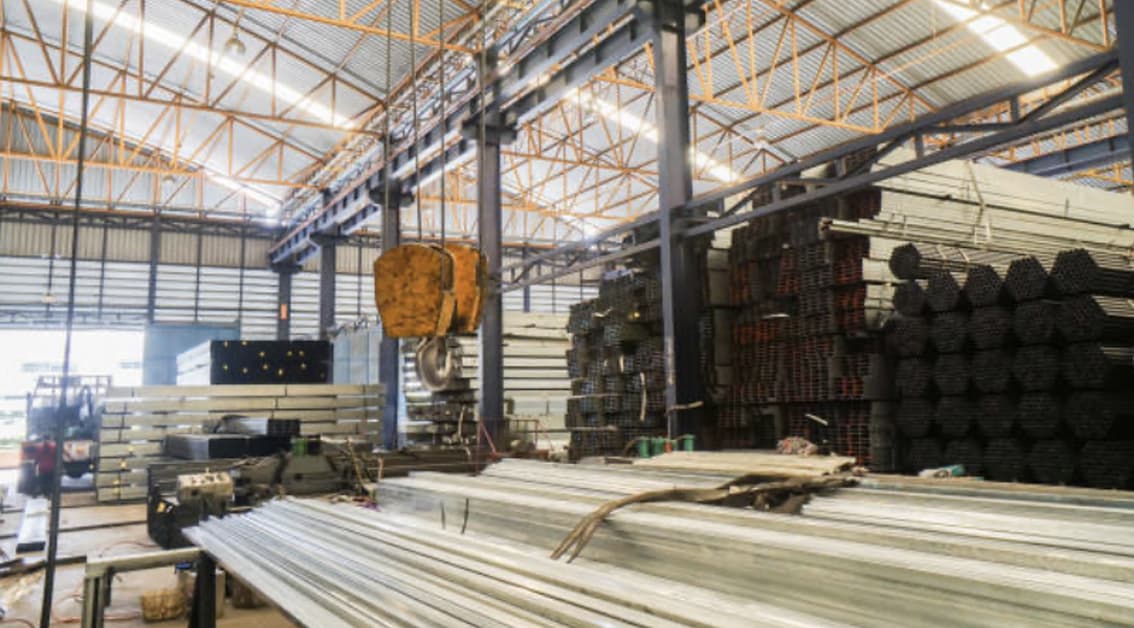
How to use Load Cells for Weight Measurement To measure the weight, the subject is placed on a load application point of a load cell.
Tagged as:Technical Learning, Get Curious
Read More
Load Cell Specifications In this article all the specifications in a load cell's datasheet are explained. Click here to learn and understand more about the technical aspects.
Tagged as:Technical Learning, Get Curious
Read More
How to Test a Load Cell? Set the multimeter in millivolts and connect the output wires of the load cell to it. Supply a excitation voltage and place a test weight on the load cell.
Tagged as:Technical Learning, Get Curious
Read More
Why Load Cell Signal Conditioner is Critical to a Strain Gauge Setup Signal conditioners take the output from the load cell, modify it and then send it to digital monitors or data loggers.
Tagged as:Technical Learning, Get Curious
Read More
How to Pick a Data Logger for Your Load Cell? A force to a load cell causes deformation on the strain gauge creating a electrical signal. A data logger takes that data and stores the data for later.
Tagged as:Technical Learning, Get Curious
Read More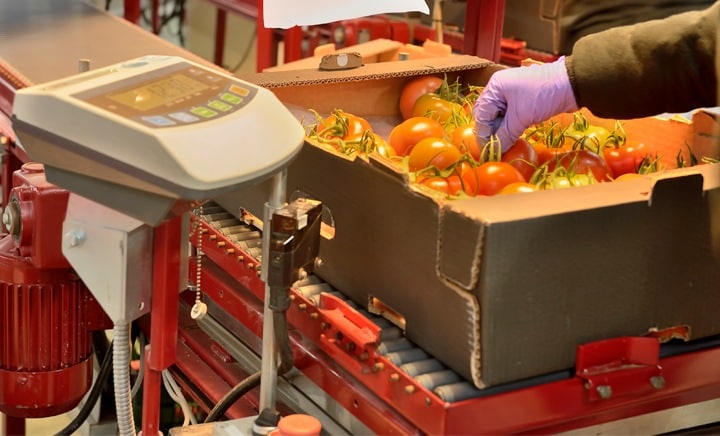
Load Cell Meter: Choosing the Right Strain Meters The load cell meter connects directly to the strain gauge to convert the signal into a displayed value. They can also power up the load cell.
Tagged as:Technical Learning, Get Curious
Read More

Load Cell with Remote Display To accurately read and process the load cell values, displays form an essential part of the weighing system.
Tagged as:Technical Learning, Get Curious
Read More
Load Cell Controller A load cell controller is a device used in conjunction with a load cell to convert the electrical signals from the load cell to readable real-world values.
Tagged as:Technical Learning, Get Curious
Read More
Load Cell Platform Scale – Example Illustration For high-precision weighing applications, load cell platform scales must measure the load accurately. To illustrate this measurement precision, an example with a test weight is explained here.
Tagged as:Technical Learning, Get Curious
Read More
What is a Load Cell Amplifier? A load cell amplifier is a device that can increase the strength of signals coming from a load cell.
Tagged as:Technical Learning, Get Curious
Read More
USB Load Cells: Do More with the Measurement Data Analog load cells can't record the data for further analysis. To make the load cell signals readable by a computer an USB output is useful. Read it here.
Tagged as:Technical Learning, Get Curious
Read More
How to Measure an Industrial Coffee Grinder Motor’s Temperature During Grinding In this application, the purpose is to measure the temperature of the motor in an industrial coffee grinder during the grinding process to better understand the strain on the motor.
Tagged as:Application, Get Curious
Read More
How to Achieve Precise Temperature Regulation of Experimental Materials Using a PID-Controlled Heat Source in Laboratory Applications To investigate whether the thermochromic phase change behavior of polydiacetylene thin films will be altered when placed onto a carbon substrate such as graphene, a researcher developed a transfer heat block whose temperature could be regulated over time.
Tagged as:Application, Get Curious
Read More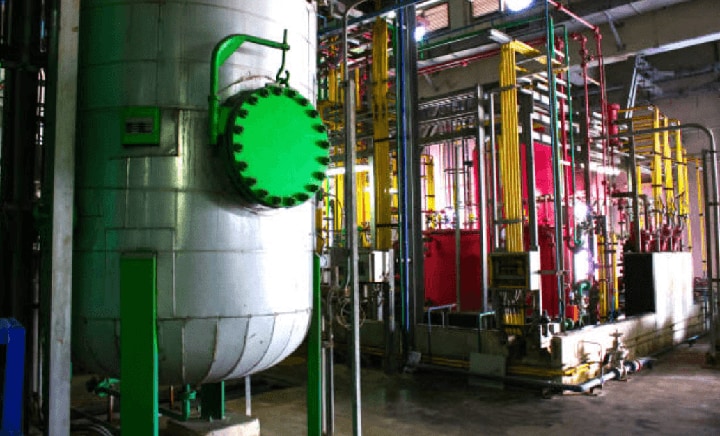
How to Monitor pH Levels in a High-Temperature Environment In a process application, such as soaking wood in a water bath, unpleasant odors can be omitted. By neutralizing pH levels in the water bath, odors can be controlled.
Tagged as:Application, Get Curious
Read More
How to Measure pH Levels in a Ruminant’s Digestive System The pH levels in each of a ruminant’s four stomachs play an essential role in a cow’s digestive process and milk production.
Tagged as:Application, Get Curious
Read More
How to Dynamically Measure Load and Vibration in Final Product Testing for Bicycle Manufacturing As part of a quality assurance process, a bike manufacturer developed a testing system that could quantify load and vibration forces on the physical parameters.
Tagged as:Application, Get Curious
Read More
Measuring the Force Applied to a Rocket Parachute Rockets deploy parachutes to aid in rapidly decreasing the rocket’s re-entry or landing speed. However, before use, it’s essential to test the system using s-beam load cells.
Tagged as:Application, Get Curious
Read More
How to Measure the Bending Force of a Sheet Metal Bending Machine Measuring bending stress requires determining the average amount of force exerted on the material that results in a repeatable uniform surface.
Tagged as:Application, Get Curious
Read More
How to Determine the Force Measurement of a Crossbow Crossbows work like a spring. The force and tension applied as you pull the string of the crossbow is what creates the movement and energy to propel the arrow from the bow at high speed.
Tagged as:Application, Get Curious
Read More
Flow of Paper Stock A customer in the paper industry wanted to measure flow of paper stock pulp on a 250mm SS line with an average flow of 120-150 l/s and a pulp temperature of 45°.
Tagged as:Application, Get Curious
Read More
Sanitary Precision Flow Measurement for Microbreweries All microbreweries need the ability to measure the liquid flow of their product in a manner that is sanitary and meets FDA regulations.
Tagged as:Application, Get Curious
Read More
How to Bend Guitar Sides with a Silicone Heater There are several ways to bend guitar sides, including the traditional method of using a hot pipe. However, a faster and more cost-efficient method, which has become common, involves using flexible silicone heaters with a flexible thermocouple and controller.
Tagged as:Application, Get Curious
Read More
Thermal Imaging Camera A thermal imager is a non-contact temperature measurement device.
Tagged as:Product Info, Get Curious
Read More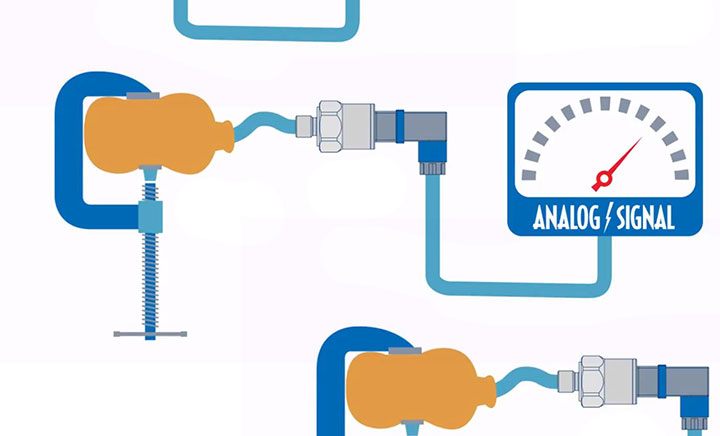
How Does a Pressure Transducer Work? A pressure transducer is a device that measures the pressure of a fluid, indicating the force the fluid is exerting on surfaces in contact with it.
Tagged as:Technical Learning, Get Curious
Read More
Digital Signal Transmission In contrast to analog transducers that sense continuous variables such as pressure and temperature, many transducers provide an output that is one of two states: high or low, open or closed.
Tagged as:Technical Learning, Get Curious
Read More
Stable and Accurate Temperature Signal Readings A number of applications require signal conditioning devices to operate in extremely harsh environments – natural gas compressors with heavy engine vibration is one example.
Tagged as:Technical Learning, Get Going
Read More
Ship Engine Room Technology Upgrade A globally operating shipping and logistics company recently decided to refurbish a number of ships with newer technology.
Tagged as:Technical Learning, Get Inspired
Read More
Safe and Precise Temperature Transmission and Control Stable, safe, and high precision measurement of temperature signals in all stages of the manufacturing process is of the essence at a polysulfide plant.
Tagged as:Technical Learning, Get Curious
Read More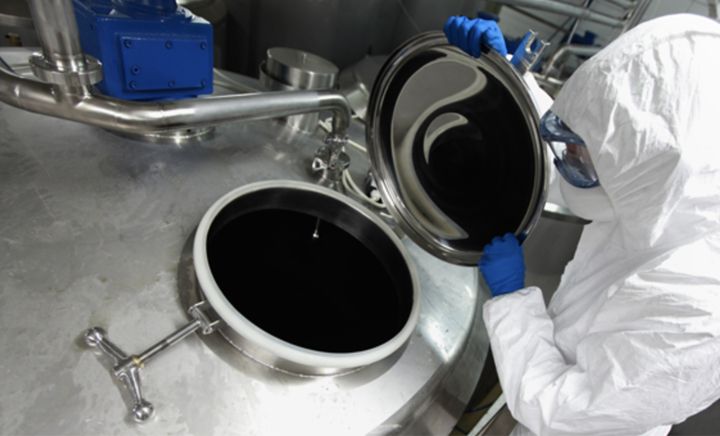
Re-Design of the Electrical Setup of a Mixing Station in an Ex Area Flexibility, safety, and ease-of-use were at the top of the list of requirements when a chemical manufacturer was looking for temperature converters for a mixing station re-design project.
Tagged as:Case Study, Get Inspired
Read More
With an Isolated Repeater/Splitter A provider of electrical solutions to a wide range of customers and other electrical contractors, from temperature and pressure measurements to providing small PLC solutions needed a solution when working with temperature and isolation.
Tagged as:Technical Learning, Get Curious
Read More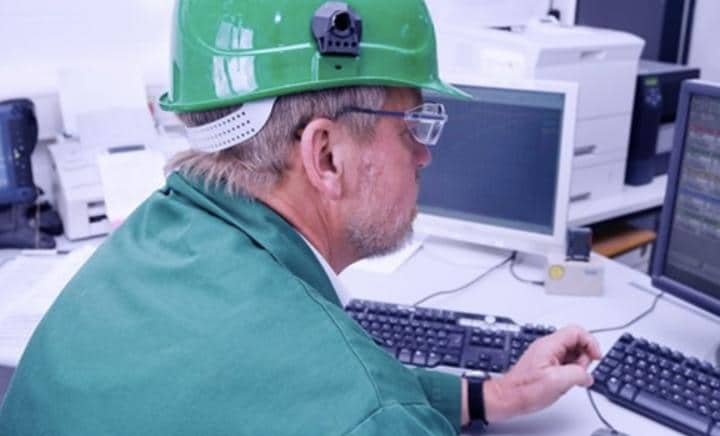
Improved Diagnostic Information Resulted in Significant Cost Savings On a recent project the data used provided by DRST-CM to develop software modules in the DCS that provide full diagnostics, a client’s company has been able to use the data for preventive maintenance.
Tagged as:Case Study, Get Inspired
Read More
Devices Use Advanced Technology Using a temperature/mA converter and a display programming front DRST-UN and DRSL-DISPLAY for a variety of applications throughout the plant has made signal monitoring more advanced – and less complicated.
Tagged as:Technical Learning, Get Inspired
Read More
Danish CHP Station The members of a maintenance team at a Danish power station were fed up getting error messages and false system alarms from one of the boiler’s temperature surveillance systems.
Tagged as:Technical Learning, Get Curious
Read More
What is a Mass Flow Meter? A thermal mass flow meter measures the flow rate of gas mass based on the convective heat transfer of a heated surface to the flowing fluid.
Tagged as:Technical Learning, Get Curious
Read More
What is a Coriolis Flow Meter and How Does it Work? A Coriolis flow meter is a type of mass flow meter. It is designed differently and works differently than thermal or differential mass flow meters.
Tagged as:Technical Learning, Get Curious
Read More
The International Temperature Scale of 1990 (ITS-90) President of the Comité Consultatif de Thermométrie and Vice-President of the Comité International des Poids et Mesures Division of Physics, National Research Council of Canada, Ottawa, K1A OS1 Canada
Tagged as:Case Study, Get Curious
Read More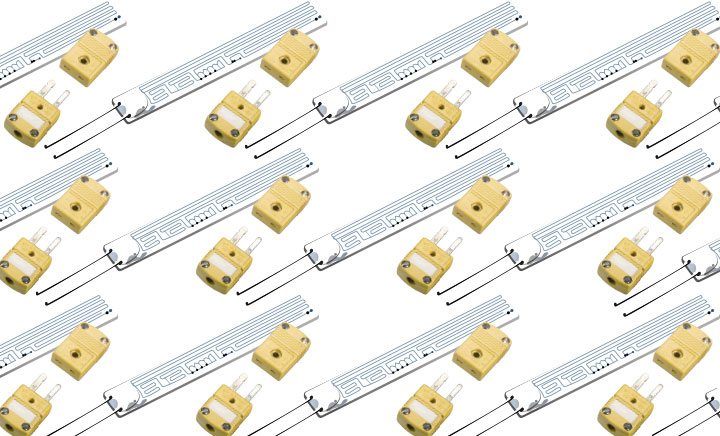
Thermocouple vs RTDs Selecting the best temperature sensor for your application can be a challenge. A broad range of sensors are available today, and the better you understand the key differences between them
Tagged as:Technical Learning, Get Curious
Read More
Principles of Infrared Thermocouples The IRt/c product line represents a dramatic breakthrough in temperature sensing technology. The IRt/c sensors are unpowered, low cost, and can measure surface temperatures of materials without touching.
Tagged as:Technical Learning, Get Curious
Read More
What is a Vortex Flow Meter? A vortex flow meter is a flow measurement device best suited for flow measurements where the introduction of moving parts presents problems.
Tagged as:Technical Learning, Get Curious
Read More
Cold junction compensation for thermocouples In this article different types of cold junction compensation are review. Discover common practices when accurate thermocouple measurements are required.
Tagged as:Technical Learning, Get Going
Read More
Thermocouple types Thermocouples are available in different combinations of metals or calibrations. The most common are the “Base Metal” thermocouples known as Types J, K, T, E and N.
Tagged as:Technical Learning, Get Curious
Read More
Thermocouple Response Time Time constants calculated for air at room temperature and atmospheric pressure moving with velocity of 65 feet per second for thermocouples
Tagged as:Technical Learning, Get Curious
Read More
Connecting Relays to a Digital Output Board and Noise Considerations Mechanical relays are very noisy (electrically) and they can cause problems when connecting them to a PC digital I/O card, ranging from spikes on your analog measurements to computer lockups!
Tagged as:Case Study, Get Curious
Read More
Thermocouples - Reference Guide OMEGACLAD® is a three-part system composed of compacted MgO insulation, thermocouple wire and metal sheath.
Tagged as:Technical Learning, Get Curious
Read More
How to choose a Thermocouple There are different types of thermocouples and their applications may vary. An exposed thermocouple will work best when high response times are required, but an ungrounded thermocouple is better in corrosive environments
Tagged as:Product Info, Get Curious
Read More
How to Choose Between a RTD PT100 vs Pt1000? The sensing elements in Resistance Temperature Detectors (RTD’s) can be categorized in terms of the type of metal out of which they’re made and their resistance at a benchmark temperature.
Tagged as:Product Info, Get Curious
Read More
Types of RTDs Resistance Temperature Detectors (RTDs) available today can generally be categorized into one of two basic types of RTDs, depending on how their temperature sensing element is constructed.
Tagged as:Product Info, Get Curious
Read More
What Are the Differences Between 2-Wire, 3-Wire, and 4-Wire RTD Configurations? A Resistance Temperature Detector (RTD) measures temperature using a resistor with a resistance value that changes as its temperature increases or decreases.
Tagged as:Product Info, Get Curious
Read More
How to Use Ferrite Cores with Instrumentation OMEGA’s thermocouple and RTD connectors with built-in nickel-zinc ferrite cores are used where it is desired to suppress electro-magnetic, interference commonly known as EMI.
Tagged as:Technical Learning, Get Going
Read More
Practical Guidelines for Temperature Measurement Temperature can be measured via a diverse array of sensors. All of them infer temperature by sensing some change in a physical characteristic.
Tagged as:Technical Learning, Get Curious
Read More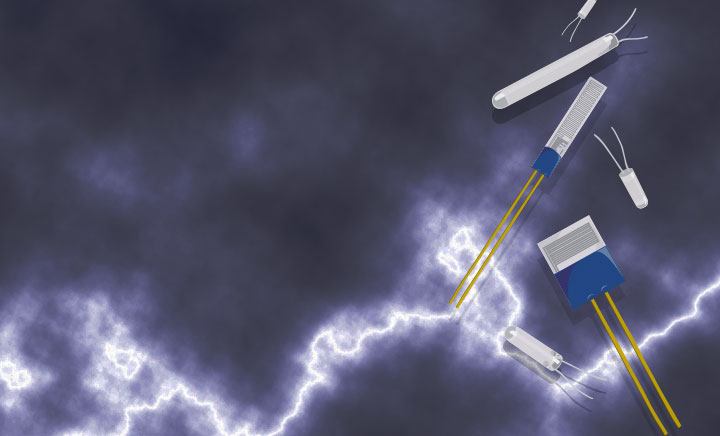
Pt100 Probes Probes may be terminated in a connection head, quick disconnect, terminal block, or extension wire. OMEGA’s standard terminations are pictured on product pages.
Tagged as:Technical Learning, Get Curious
Read More
Resistance Elements and RTD’s Resistance elements come in many types conforming to different standards, capable of different temperature ranges, with various sizes and accuracies available.
Tagged as:Technical Learning, Get Curious
Read More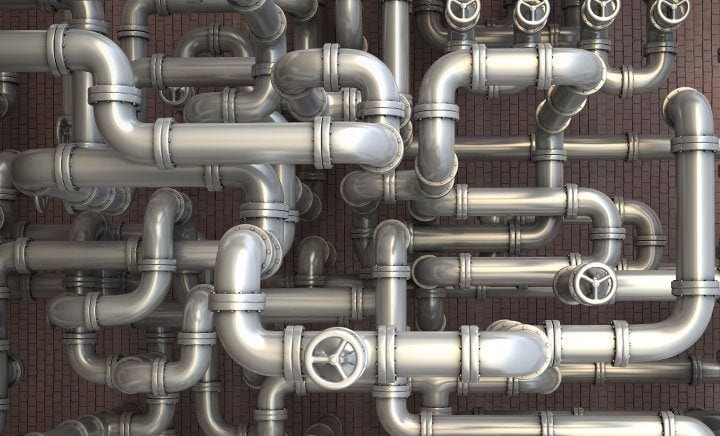
Flow Meter Tutorial So you want to measure flow? The answer would seem to be to purchase a flowmeter.
Tagged as:Technical Learning, Get Curious
Read More
Electronic Halogen Leak Detector For many years the most effective, and only, method for finding gas leaks of any type was the use of a soap or bubble solution.
Tagged as:Technical Learning, Get Curious
Read More
Industrial pH Monitoring: pH and pH Electrode Basics pH electrode technology hasn't changed much in the past 50 to 60 years, yet pH electrode manufacturing remains an art.
Tagged as:Technical Learning, Get Curious
Read More
Ion Selective Electrodes: Measurement Considerations This article is designed to apply, in general, to all specific ion electrodes.
Tagged as:Technical Learning, Get Curious
Read More
What is a Low Pass Filter? A low pass filter is placed on the signal wires between a signal and an A/D board
Tagged as:Technical Learning, Get Curious
Read More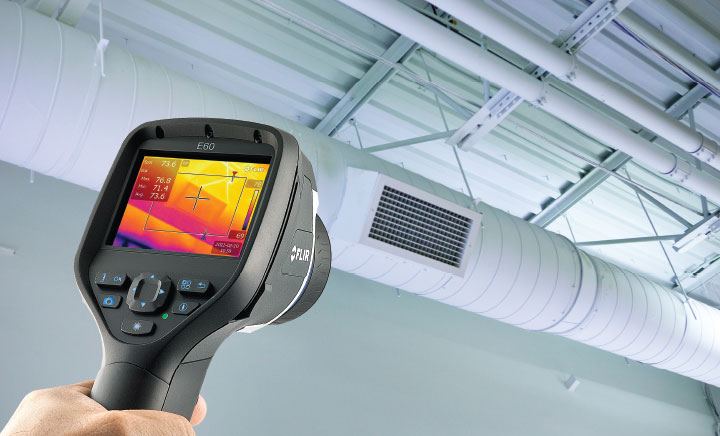
Infrared Quick Help When to Use Infrared Temperature Measurement
Tagged as:Technical Learning, Get Curious
Read More

Contact Closure Inputs: Connect Digital Input & Output DAQ Board Many times it is necessary to monitor a contact closure using a PC. Some applications include monitoring a relay closure on a machine to record on-off times, or simply as an alarm to notify someone of an open freezer door.
Tagged as:Technical Learning, Get Curious
Read More
Scaling Voltage & Current to Engineering Units It is very often necessary to convert a voltage, millivot or current reading into a more useful value such as PSI, GPM, LBS, etc.
Tagged as:Technical Learning, Get Curious
Read More
Troubleshooting Thermocouple Input Devices Noise is unavoidable in PC based data acquisition systems. There is board induced noise which can be measured by shorting an analog input to ground and taking a series of readings and plotting them in a histogram.
Tagged as:Technical Learning, Get Going
Read More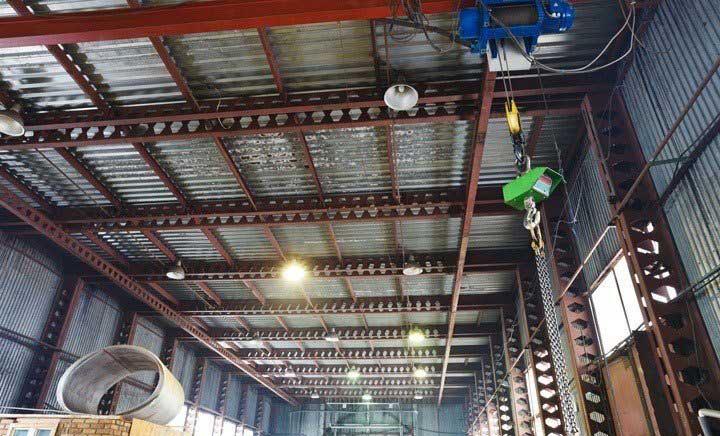
What is the Load Cell Calibration Procedure for Weighing Applications? Inspect the load cell cables, and coil and protect any excess. The load should be equally distributed among multiple load cells of multiple load cell installations.
Tagged as:Technical Learning, Get Going
Read More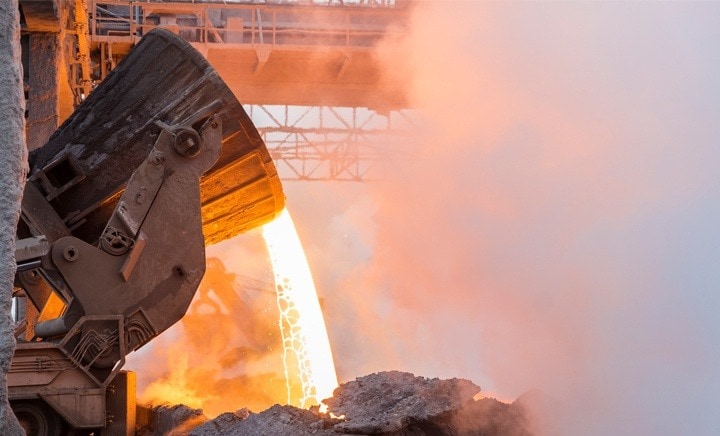
Infrared pyrometers Pyrometer is derived from the Greek root pyro, meaning fire. The term pyrometer was originally used to denote a device capable of measuring temperatures of objects above incandescence, objects bright to the human eye.
Tagged as:Technical Learning, Get Curious
Read More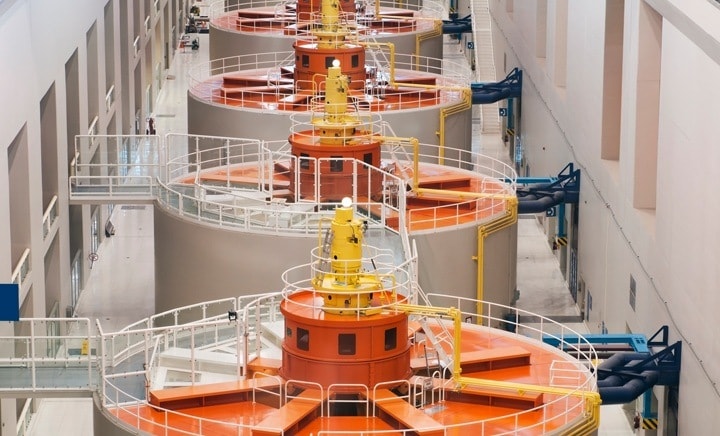
Mechanical Flow meters Discussed in this chapter are various types of mechanical flow meters that measure flow using an arrangement of moving parts,
Tagged as:Technical Learning, Get Curious
Read More
Differential Pressure Flow meters The calculation of fluid flow rate by reading the pressure loss across a pipe restriction is perhaps the most commonly used flow measurement technique in industrial applications
Tagged as:Technical Learning, Get Curious
Read More
Overview of GPIB protocol IEEE-488 refers to the Institute of Electrical and Electronics Engineers (IEEE) Standard number 488 and is commonly called GPIB (General Purpose Interface Bus).
Tagged as:Technical Learning, Get Curious
Read More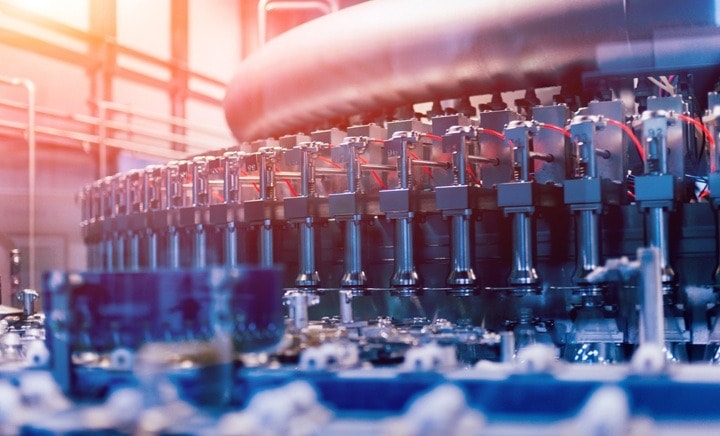
RF/Capacitance Level Instrumentation Capacitance level detectors are also referred to as radio frequency (RF) or admittance level sensors. They operate in the low MHz radio frequency range, measuring admittance of an alternating current (ac) circuit that varies with level.
Tagged as:Technical Learning, Get Curious
Read More
Types of Flow Meters for Different Applications Measuring the flow of liquids is a critical need in many industrial plants.
Tagged as:Technical Learning, Get Curious
Read More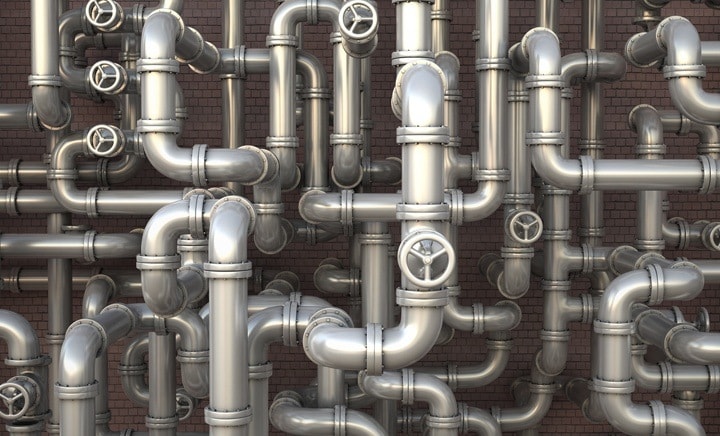
What is a Variable Area Flow Meter? Variable area flow meters are simple and versatile devices that operate at a relatively constant pressure drop and measure the flow of liquids, gases, and steam.
Tagged as:Technical Learning, Get Curious
Read More
Plug-in Cards Although the microprocessor and digital network technologies have fundamentally reinvented the ways in which today's data acquisition systems handle data
Tagged as:Technical Learning, Get Curious
Read More
An Introduction to Venturi Flow Meters, Flow Nozzles, and Segmental Wedge Elements Venturi tubes are available in sizes up to 7 inches and can pass 25 to 50% more flow than an orifice with the same pressure drop
Tagged as:Technical Learning, Get Curious
Read More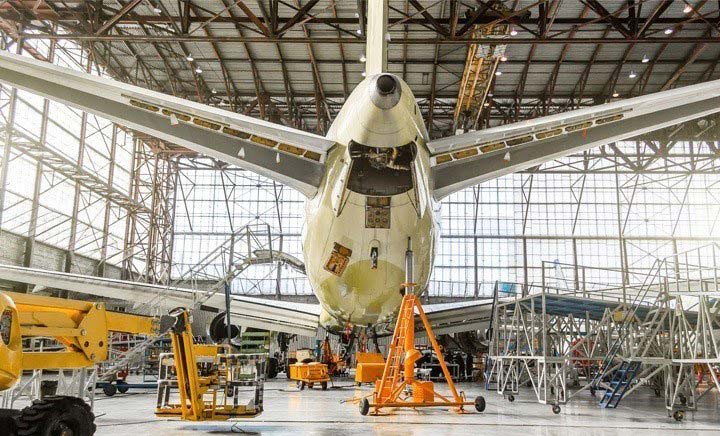
Pressure sensor Piezoelectric presssure sensors can further be classified according to whether the crystal's electrostatic charge, its resistivity, or its resonant frequency electrostatic charge is measured.
Tagged as:Technical Learning, Get Curious
Read More
Strain Gauge When external forces are applied to a stationary object, stress and strain are the result.
Tagged as:Technical Learning, Get Curious
Read More
The RS-232 protocol Information being transferred between data processing equipment and peripherals is in the form of digital data which is transmitted in either a serial or parallel mode.
Tagged as:Technical Learning, Get Curious
Read More
What is an Orifice Plate Flow Meter? The orifice plate flow meter is commonly used in clean liquid, gas, and steam services. It is available for all pipe sizes but it is very cost-effective for measuring flows in larger ones (over 6 inches diameter).
Tagged as:Technical Learning, Get Curious
Read More
Wheatstone bridge for strain gauges In order to measure strain with a bonded resistance strain gauge, it must be connected to an electric circuit that is capable of measuring the minute changes in resistance corresponding to strain.
Tagged as:Technical Learning, Get Curious
Read More
An Introduction to Pitot Tubes and Probes Although the pitot tube is one of the simplest flow sensors, it is used in a wide range of flow measurement applications such as air speed in racing cars and Air Force fighter jets
Tagged as:Technical Learning, Get Curious
Read More
What is a thermography? Thermography extends the concept of point radiation thermometry to one-dimensional profiles or two-dimensional pictures of non-contact temperature data.
Tagged as:Technical Learning, Get Curious
Read More
Strain Gage Technical Data The most universal measuring device for the electrical measurement of mechanical quantities is the strain gage.
Tagged as:Technical Learning, Get Curious
Read More
Non-contact thermometers Historically a radiation non-contact thermometer consisted of an optical system to collect the energy emitted by the target;
Tagged as:Technical Learning, Get Curious
Read More
RS485, RS422 and RS232 Why use RS232 vs RS485 and what is the real difference between RS422 Vs RS485? First, lets define each one. Keep in mind that all three are considered SERIAL, as opposed to IEEE-488 which is PARALLEL.
Tagged as:Technical Learning, Get Curious
Read More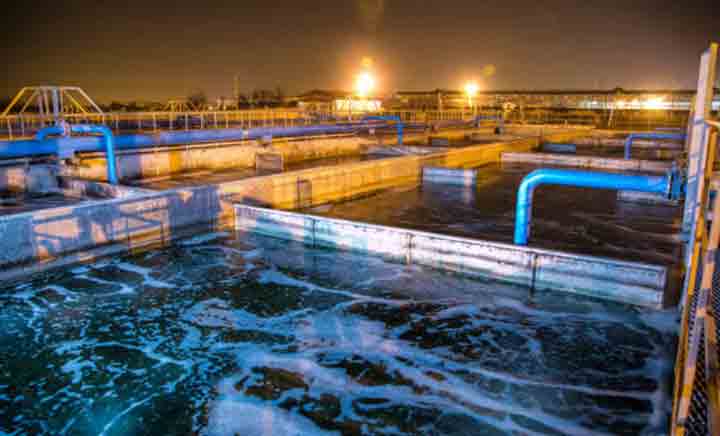
Electronic Flow meters While the flow measurement technologies discussed in this chapter--magnetic, vortex, and ultrasonic--are neither exclusively nor exhaustively electronic in nature, they do represent a logical grouping of flow measurement technologies.
Tagged as:Technical Learning, Get Inspired
Read More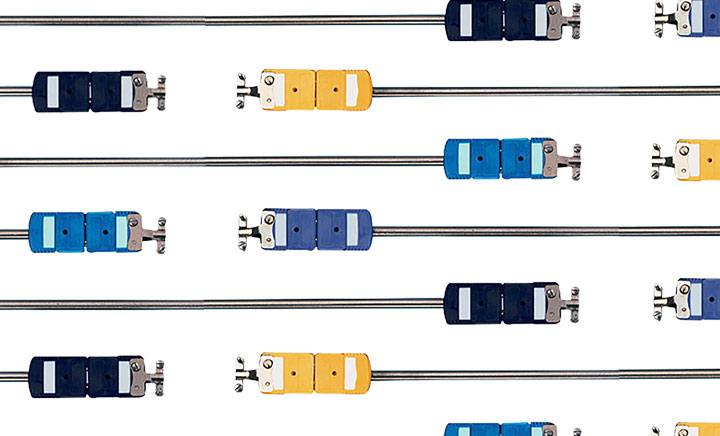
Working principle of thermocouples A typicial thermocouple is made up of two dissimilar metals joined together to form two junctions.
Tagged as:Product Info, Get Curious
Read More
Monitoring Juice Level in a Vessel using Transmitters and Transducers The Role of Flow and Level Transmitters and Pressure Transducers in the Monitoring of Juice Level in a Vessel
Tagged as:Case Study, Get Going
Read More
Wireless Signals & Faraday Cages in Temperature Measurement Whether you want roses in January or fresh salmon in August, a temperature-controlled supply chain...
Tagged as:Technical Learning, Get Going
Read More
Preventing Explosions with FM Approved Intrinsically Safe Instrumentation Industrial explosions have caused devastating loss of life on many occasions.
Tagged as:Technical Learning, Get Curious
Read More
Optimizing Strain Gage Performance for Inhomogeneous Materials How to use strain gages and optimize their performance while working with inhomogeneous materials
Tagged as:Technical Learning, Get Going
Read More
Particle Pollution & Environmental Safety Indoor air quality is the responsibility of building owners, managers and employers.
Tagged as:Technical Learning, Get Curious
Read More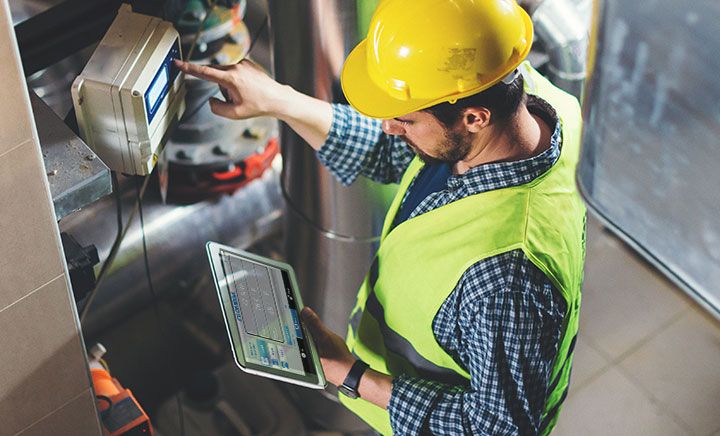
5 Reasons to Wirelessly Measure Relative Humidity Monitoring Relative Humidity in Lab can be challenging. Choose the most simple and powerful way by using wireless transmitters.
Tagged as:Technical Learning, Get Curious
Read More
How Rutgers Food Innovation Center Used Automation to Boost Food Quality and Save Time We definitely don’t want to go back to the way we were doing it. It was too much work and didn’t pay off. –Steve Baughman, Senior Maintenance Mechanic for Rutgers Food Innovation Center
Tagged as:Case Study, Get Inspired
Read More
Sensors Play a Vital Role in Commercial Space Mission Success Sensors and accessories are the central nervous system of launch vehicles, payloads and support systems.
Tagged as:Case Study, Get Inspired
Read More
Applying Ultrasonic Level Sensors in Cooling Tower Water Basins Cooling towers are heat exchange systems that require precision sensors to ensure water basin liquid levels are monitored.
Tagged as:Technical Learning, Get Going
Read More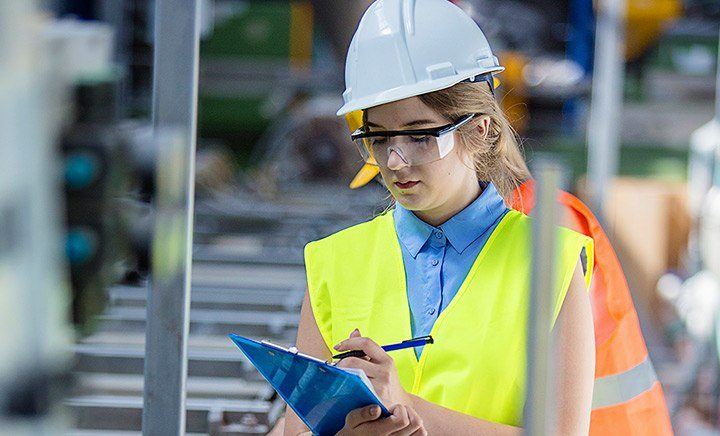
Shaping the Future of Rotational Molding with Wireless Temperature Monitoring Wireless sensor system successfully improves process control for roto-molding machine manufacturer.
Tagged as:Case Study, Get Inspired
Read More
Science Team Sets Out to Measure Just How Strong a Python Is, Using a Pressure Transducer Our engineers help design a system that will figure out just how much deadly force a python really has.
Tagged as:Case Study, Get Inspired
Read More
OMEGA Has a Starring Role in the LSST Telescope Mirror The Large Synoptic Survey Telescope (LSST) is a new kind of optical telescope that will view a wider area of night sky than ever before possible. Once operational...
Tagged as:Case Study, Get Curious
Read More
Ultrasonic Level Sensor Application in Above Ground Bulk Storage Tanks By installing level sensors, operators can be proactive and monitor liquid levels - ensuring environmental regulations associated with the design and operation are consistently met.
Tagged as:Technical Learning, Get Curious
Read More
Wireless Monitoring Solution Keeps Fruit Quality High and Energy Costs Low Discover how a wireless temperature monitoring system can provide a more precise and cost-effective way to cool produce.
Tagged as:Case Study, Get Inspired
Read More
5 Ways the Right Expertise Can Simplify the Customization Process Pressure transducers and load cells play a critical role in ensuring the safety, reliability, and accuracy of products and processes across a wide variety of industries—including aerospace, mining, manufacturing, technology, and more.
Tagged as:Technical Learning, Get Inspired
Read More
Hybrid Ultrasonic Flow Meter Application Helps Ensure Accurate Enzyme Injection Learn how flow meters helped an Oil company achieve accurate measurements of the water flow rate and total flow.
Tagged as:Case Study, Get Going
Read More
Load Cell Customization A Small, But Critical Component in the World’s Brightest X-Ray Laser By modifying its standard load cells, OMEGA helps keep novel laser project on track for completion in 2018.
Tagged as:Case Study, Get Inspired
Read More
Turning up the heat: 12 MI thermocouple probes get tested in extreme conditions In an intense heat environment, such as in solid waste incinerators, sintering powdered metals, or gas or oil fired-furnaces, you need a thermocouple probe that can withstand extreme heat.
Tagged as:Case Study, Get Going
Read More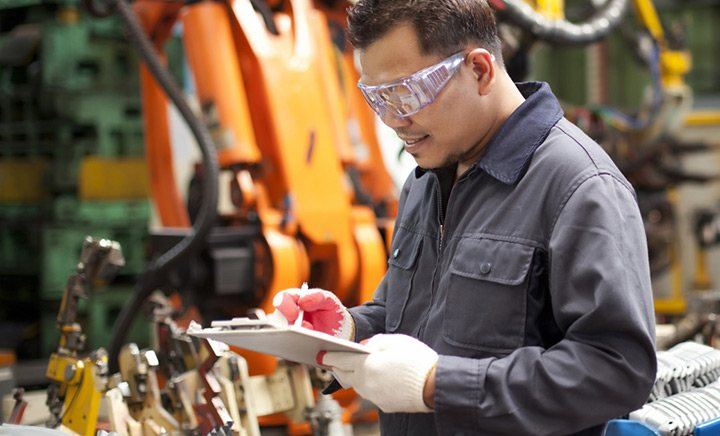
Infrared Temperature Measurement Theory and Application Infrared thermometers for non-contact temperature measurement are highly developed sensors which have wide-spread application in...
Tagged as:Technical Learning, Get Curious
Read More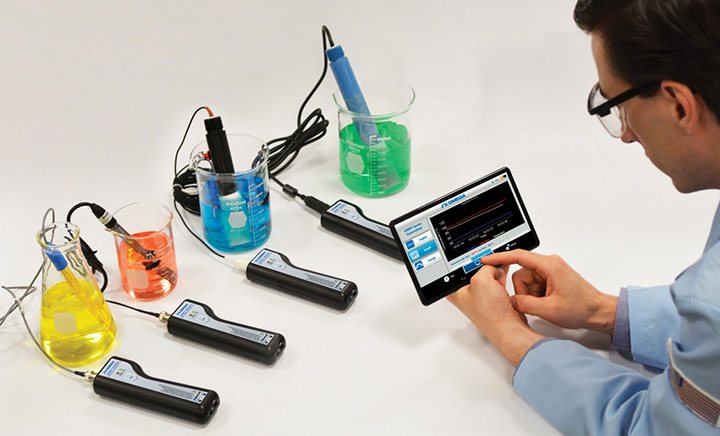
Measuring pH with a Wireless Device: 3 Must-Have Features Ready to measure pH with a Wireless Device? This is what you should be looking for in a portable data logger for pH measurement.
Tagged as:Technical Learning, Get Going
Read More
What are Nanosensors? How and Where are They Used? While few engineers need to work at the nano scale, temperature measurement with compact thermocouples is applicable across many fields.
Tagged as:Technical Learning, Get Curious
Read More
Flow Measurement in a Return Activated Sludge Line Keene Waste Water Treatment Plant uses a secondary treatment process called activated sludge, a process which converts non-settable substances into a biological floc
Tagged as:Technical Learning, Get Going
Read More
Differentiating State, Event and Pulse Data Loggers and Defining Applications Data loggers are instruments that monitor and record changes in conditions over time.
Tagged as:Technical Learning, Get Curious
Read More
Sensor Theory of Operation Omega is a reliable source for pressure transducers and load cells that provide high quality data in a myriad of processes.
Tagged as:Technical Learning, Get Curious
Read More
Custom Pressure Transducers A custom pressure transducer is a transducer that converts pressure into an analog electrical signal, often manufactured with the exact specifications required for an application.
Tagged as:Case Study, Get Curious
Read More
What is MI Cable? The basic construction provides high-temperature capability, exceptional electrical isolation, and physical protection for the conductors especially when subjected to harsh environments.
Tagged as:Technical Learning, Get Curious
Read More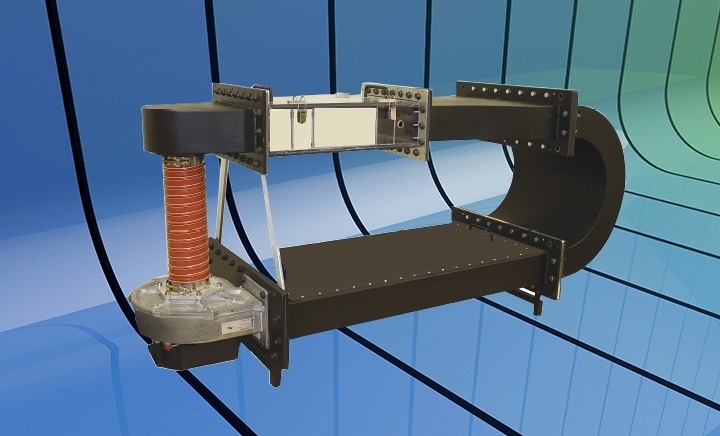
The importance of wind tunnel testing in the lab Failure rates for many electronic components rise with temperature.
Tagged as:Technical Learning, Get Curious
Read More
High Temperature Pressure Transducers vs. Cooling Elements Pressure measurement is often a challenging task due to the harsh environments frequently found in industrial manufacturing.
Tagged as:Technical Learning, Get Curious
Read More
Sanitary Sensors A Sanitary Sensor is a device which measures temperature, flow or pressure in an environment where products will be for human consumption.
Tagged as:Product Info, Get Curious
Read More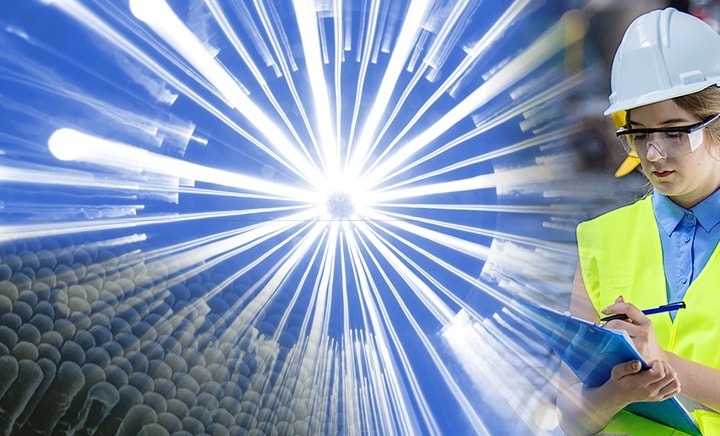
Temperature Measurement in Electromagnetic Environments One of the easiest ways to measure and record temperature is with a thermocouple. Thermocouples perform reliably in most environments, tolerating temperature extremes, vibration and even ionizing radiation.
Tagged as:Technical Learning, Get Curious
Read More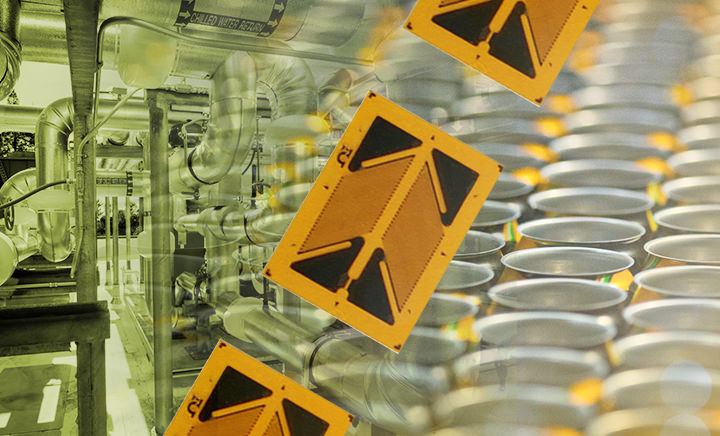
Strain Gage Application Requires Quality Control Surface Preparation and Application Steps OMEGA Engineering offers four types of strain gages: The Karma Grid or K-Series, Precision Strain Gages, Pre-Wired Gages, Transducer Quality.
Tagged as:Technical Learning, Get Going
Read More
M12 Temperature Sensors Temperature sensors provide an input to a system (indicator, controller or other device) that is used to determine the temperature of a specific process or location.
Tagged as:Product Info, Get Curious
Read More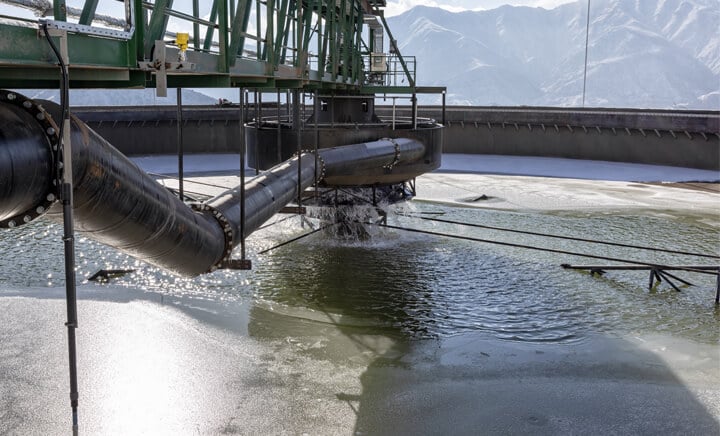
Doppler Meters Vs Transit Time Ultrasonic Flow Meters Ultrasonic flow meters are non-intrusive devices that use acoustic vibrations to measure the flow rate of liquid...
Tagged as:Technical Learning, Get Curious
Read More
Types of Load Cells Various load cell types are preferred, relative to the needs of the laboratory or operational environment.
Tagged as:Technical Learning, Get Curious
Read More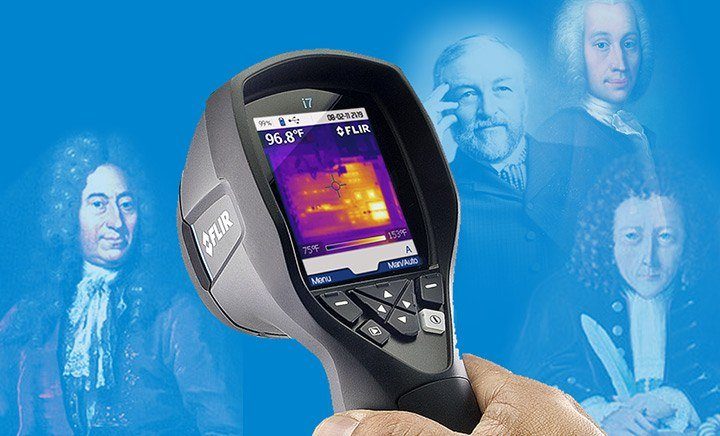
A Brief History of the Temperature Sensor The sensations of hot and cold are fundamental to the human experience, yet finding ways to measure temperature has challenged many great minds.
Tagged as:Technical Learning, Get Curious
Read More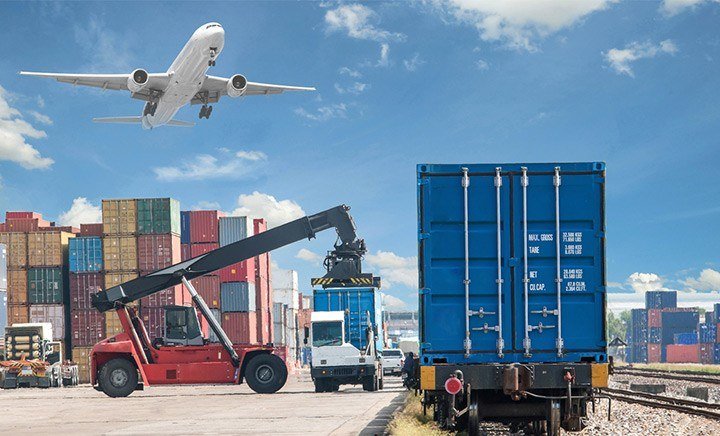
Using Load Cells to Weigh Trucks, Trains, and Aircraft In the airline industry, weight is money. Every additional pound requires more fuel to lift, so making sure there’s enough gas in the tanks means knowing what the aircraft weighs.
Tagged as:Technical Learning, Get Going
Read More
Calibrator A calibrator is an equipment used to adjust an instrument accuracy, often associated with a specific application.
Tagged as:Product Info, Get Curious
Read More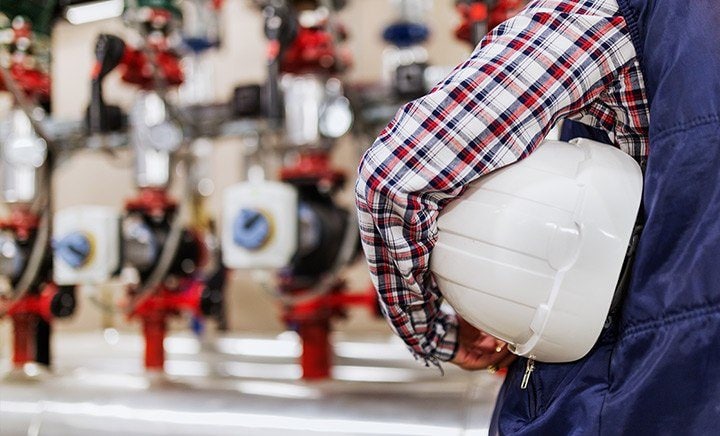
What is a Thermal Mass Flow Meter? Thermal mass flow meters measure the mass flowrate of gases and liquids directly.
Tagged as:Technical Learning, Get Curious
Read More
Preventing Vibration Damage to Thermocouples and RTD Sensors Challenges presented to temperature measurements in the presence of vibration
Tagged as:Technical Learning, Get Curious
Read More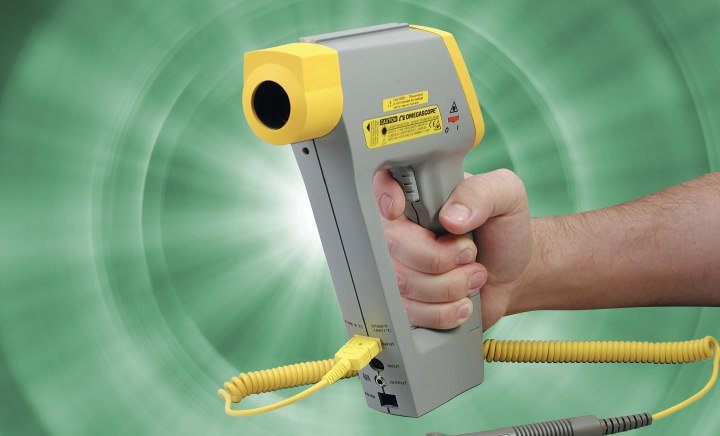
Measuring Temperatures in Furnaces with Oxidizing Atmospheres Measuring temperatures inside a furnace can present several challenges: high temperatures, temperature cycling, and hostile atmospheres exceeding the limits of many measurement devices while others have greatly reduced lifetimes and poor accuracy.
Tagged as:Technical Learning, Get Going
Read More
Applications and Benefits of Mineral Insulated Cables in Critical Processes MI cable is a specialized type of cable used in high temperatures or harsh environmental conditions because it has low flammability, even when operating at high temperatures. It resists oxidation and enables precise measurement.
Tagged as:Technical Learning, Get Curious
Read More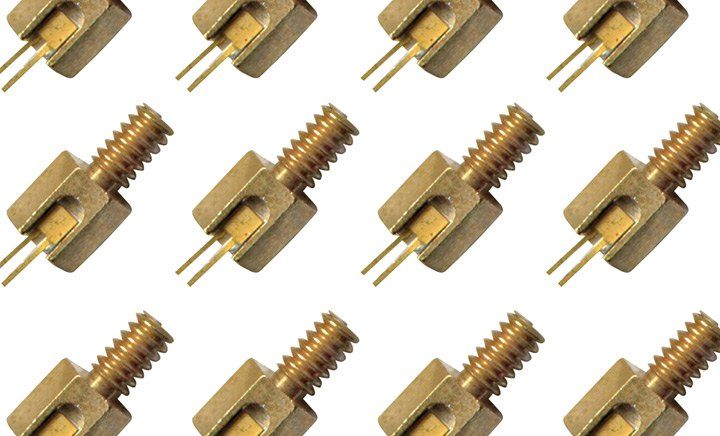
Cryogenic Temperature Sensors Cryogenics is the branch of physics that deals with the production and effects of very low temperatures.
Tagged as:Product Info, Get Curious
Read More
Wireless Sensors Wireless sensors are standard measurement tools equipped with transmitters to convert signals from process control instruments into a radio transmission.
Tagged as:Product Info, Get Curious
Read More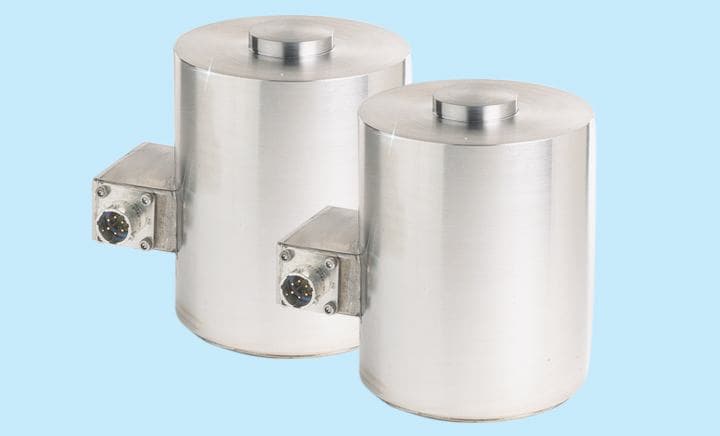
Installing a Load Cell: Best Practices Each load cell installation is unique. Consult a structural engineer when your application requires very high accuracy, long-term stability, custom specifications, or when using in a varied R&D environment.
Tagged as:Technical Learning, Get Going
Read More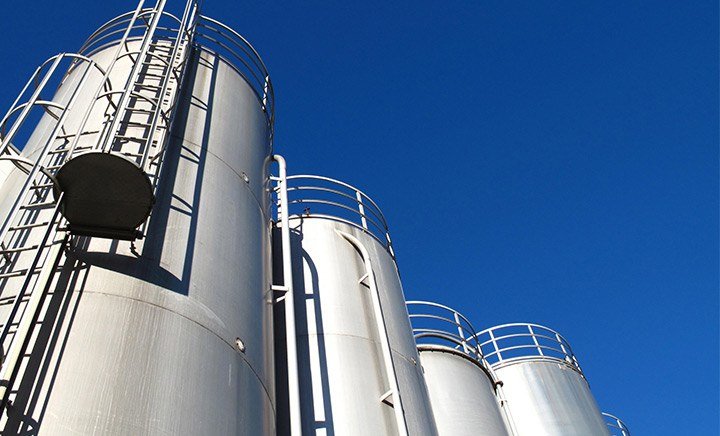
Thermowell Characteristics and Selection Criteria Thermowells are used to guard temperature sensors such as thermocouples, thermistors and bimetal thermometers against damage from excessive pressure, material velocity and corrosion
Tagged as:Technical Learning, Get Curious
Read More
IC Sensors An IC Temperature Sensor is a two terminal integrated circuit temperature transducer that produces an output current proportional to absolute temperature. The sensor package is small with a low thermal mass and a fast response time
Tagged as:Product Info, Get Curious
Read More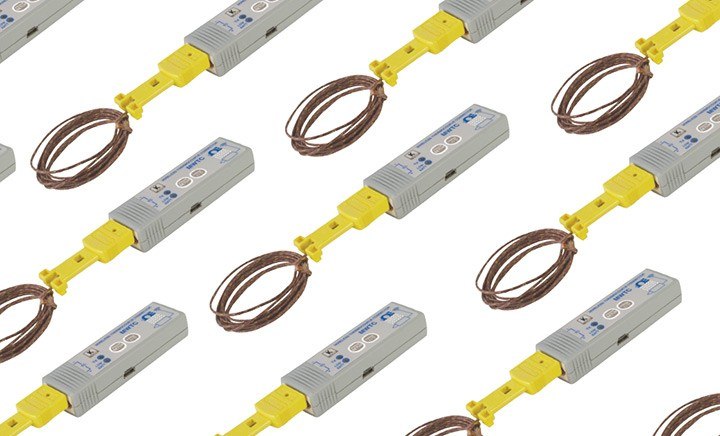
Data Acquisition In the simplest form, a technician logging the temperature of an oven on a piece of paper is performing data acquisition.
Tagged as:Product Info, Get Curious
Read More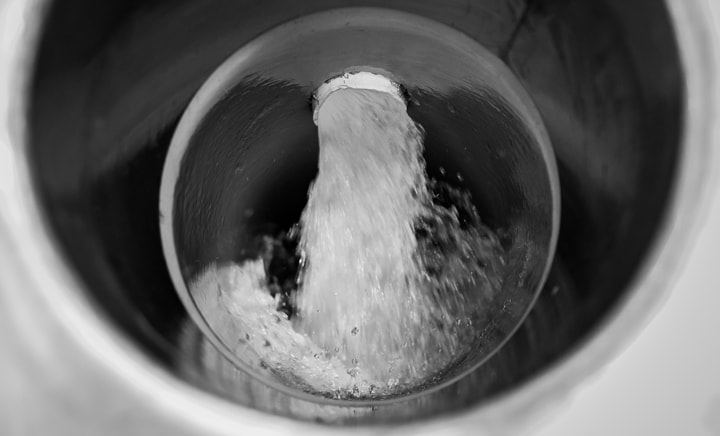
Lessons about Positive Displacement Flow Meters Positive Displacement flow meters are the only flow measuring technology to directly measure the volume of fluid that passes though the flow meter.
Tagged as:Technical Learning, Get Curious
Read More
How Bright is it? Shining a light on intensity measurement Human vision depends on light. Light reflects off surfaces into the eyes, passing through the cornea and pupil to form an image on the retina.
Tagged as:Technical Learning, Get Curious
Read More
Infrared Thermometer On its most basic design an infrared thermometer consists of a lens to focus the infrared (IR) energy on to a detector.
Tagged as:Product Info, Get Curious
Read More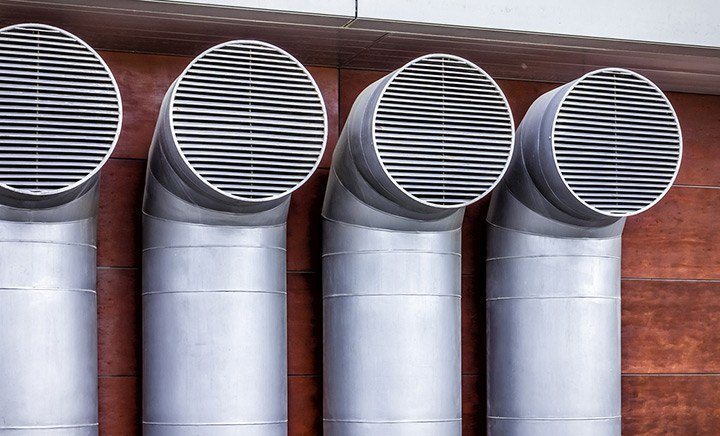
Air Flow Measurement Instruments: How Precise and Accurate? Calculating flow rates through ducts, pipes, hoods and stacks (collectively called ducts for our purposes), has never been difficult.
Tagged as:Technical Learning, Get Curious
Read More
Chart Recorders A chart recorder is an instrument used to record various process and electrical signals.
Tagged as:Product Info, Get Curious
Read More
What Is A Pressure Transducer? A pressure transducer, often called a pressure transmitter, is a transducer that converts pressure into an analog electrical signal. Although there are various types of pressure transducers, one of the most common is the strain-gage base transducer.
Tagged as:Product Info, Get Curious
Read More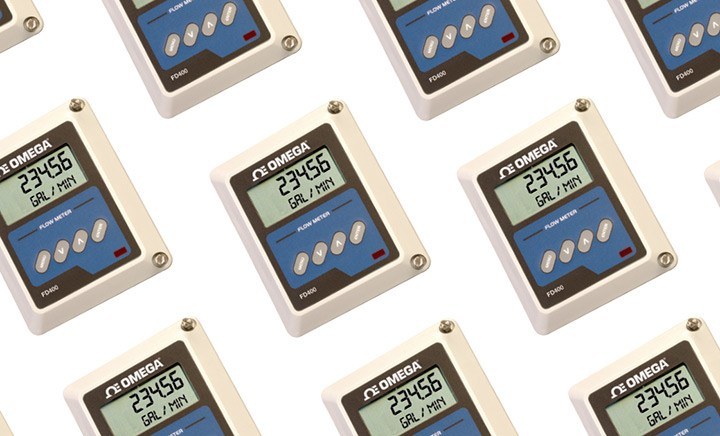
What is an Ultrasonic Flow Meter? An ultrasonic flow meter (non-intrusive Doppler flow meter) is a volumetric flow meter which requires particulates or bubbles in the flow.
Tagged as:Product Info, Get Curious
Read More
What Is A Thermistor And How Does It Work? A thermistor is an element with an electrical resistance that changes in response to temperature.
Tagged as:Product Info, Get Curious
Read More
Anemometer An anemometer is an instrument used to measure the speed or velocity of gases either in a contained flow, such as airflow in a duct, or in unconfined flows, such as atmospheric wind.
Tagged as:Product Info, Get Curious
Read More
Strain Gauges A Strain gage (sometimes referred to as a Strain Gauge) is a sensor whose resistance varies with applied force; It converts force, pressure, tension, weight, etc., into a change in electrical resistance which can then be measured.
Tagged as:Product Info, Get Curious
Read More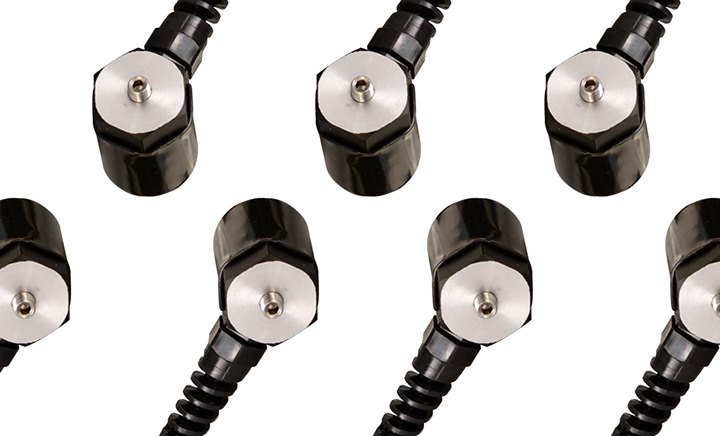
How to Measure Acceleration? An accelerometer is a device that measures the vibration, or acceleration of motion of a structure.
Tagged as:Product Info, Get Curious
Read More
pH Meter A pH meter is an instrument used to measure acidity or alkalinity of a solution - also know as pH.
Tagged as:Case Study, Get Curious
Read More
Understanding What’s Meant by “Intrinsically Safe” Fire is a hazard in many industries. Sometimes the risk is quite evident, as when flammable gasses...
Tagged as:Technical Learning, Get Curious
Read More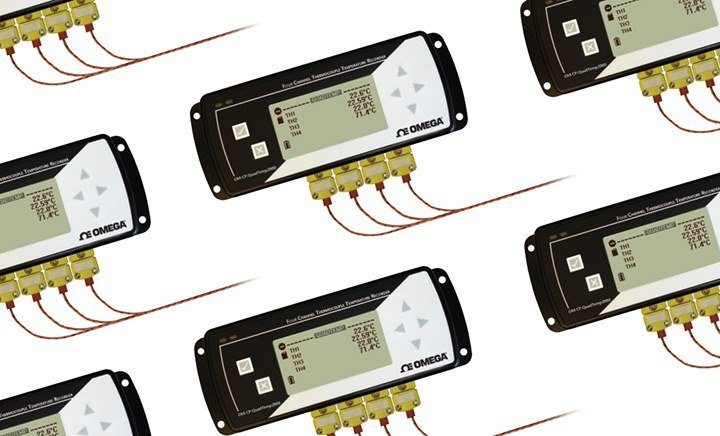
Data Loggers Technically speaking, a data logger is any device that can be used to store data.
Tagged as:Product Info, Get Curious
Read More
Level Measurement Integral to process control in many industries, level measurement sensors fall into two main types. Point level measurement sensors are used to mark a single discrete liquid height–a preset level condition.
Tagged as:Product Info, Get Curious
Read More
Thermocouple Wire Wire that is used in a thermocouple from the point of sensing to the point of cold junction compensation (cjc end) where the signal is measured.
Tagged as:Product Info, Get Curious
Read More
What are Electromagnetic Flow Meters? A magnetic flow meter (mag flow meter) is a volumetric flow meter which does not have any moving parts and is ideal for wastewater applications or any dirty liquid which is conductive or water based.
Tagged as:Product Info, Get Curious
Read More